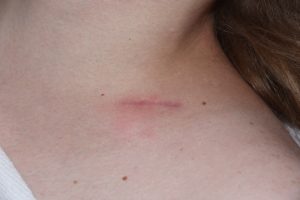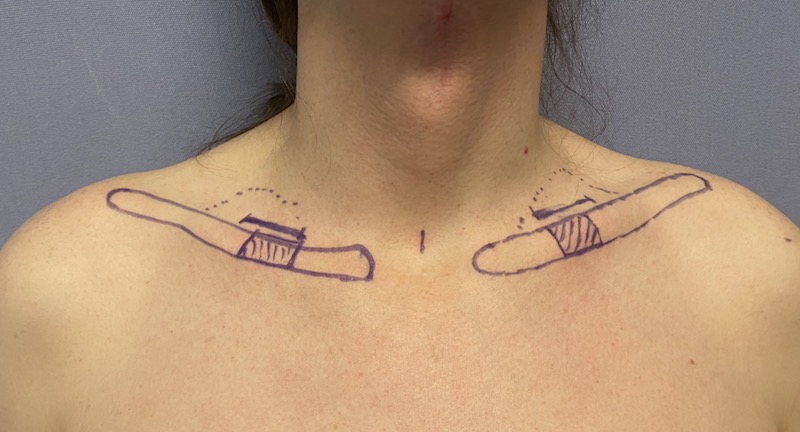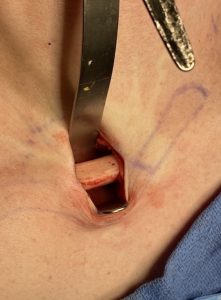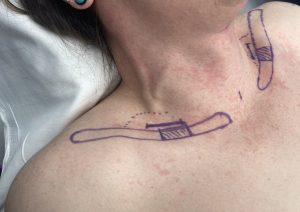Reduction of wide shoulders can be effectively achieved through shoulder narrowing surgery. By removing a segment of the clavicle at its inner third, the width of the shoulders is brought in as the bone is put back together,pulling the shoulder closer to the clavicle.




Dr. Barry Eppley
Indianapolis, Indiana





